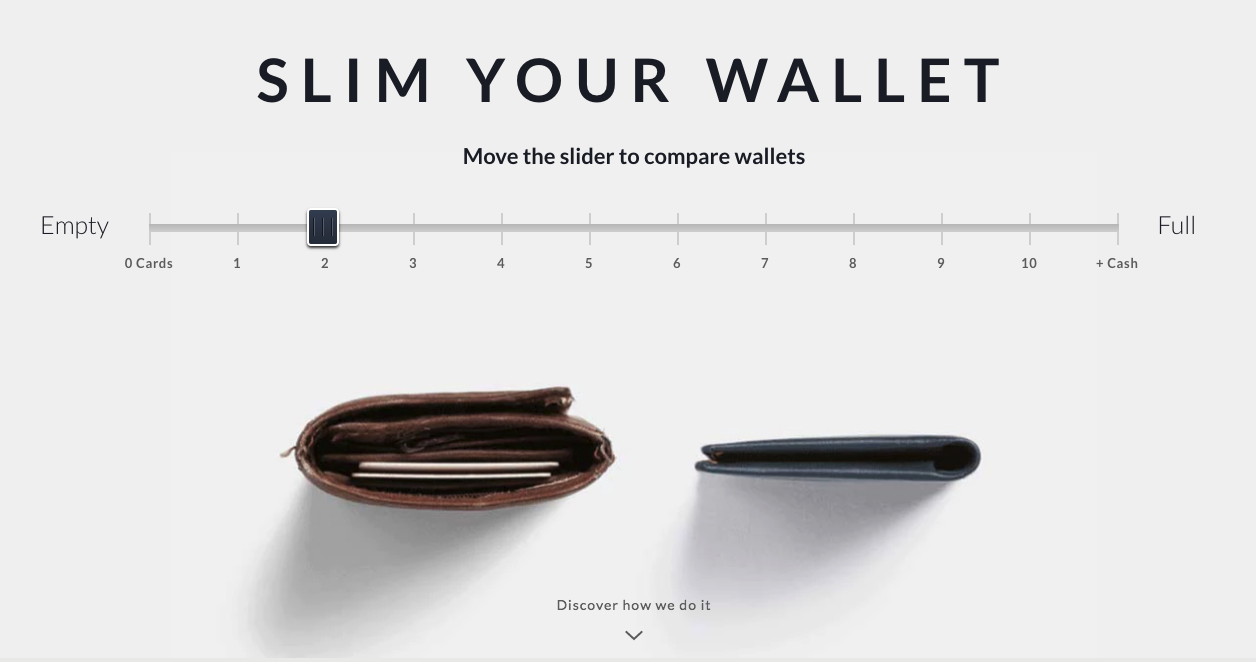A couple of weeks ago, I attended a meet-up in London run by the Service Design Network, where we discussed how we can improve the way we design for those who are vulnerable, as well as how to build trust through design.
Building trust is not an easy task – but if businesses aren’t able to achieve it, or lose it, the results can be fatal (you only need to look at the recent news about Facebook to grasp the impact that loss of confidence can have).

Mandana Dilmaghani, Service Designer, gave a really interesting talk about the key ways that businesses can build trust with their customers. Here’s a recap:
The Risk of Trusting
To start her talk, Dilmaghani gave an interesting scenario to introduce the psychology of trust: Imagine that you’ve started a conversation with someone you’ve never met before, and they suddenly ask you something personal. Your brain will do an instant calculation about how much information to tell them and what details to include – essentially, minimising your risk of vulnerability. However, if you were asked the same question by a close friend, the calculation would be much simpler; they have earned your trust through past actions, so you feel that there’s a reduced chance of risk.
When we trust someone, we accept that there’s a risk of them using that vulnerability against us and assess how trustworthy they are by their competence and commitment. That being said, even when interacting with people we know well, we still phrase our opinions in a way that enables us to curate and control how we want them to see us.
It’s the same when designing a service or product.
Companies have a very short space of time to convince potential customers that they should buy / partner / work with them over anyone else – and to continue to do so. What you tell and show your customers has to be carefully shaped, curated and implemented in order to gain their trust.
Dilmaghani went on to explain that there are eight key principles for how brands can build trust with their users…
Make It Personal
We all like to feel understood – by family, colleagues or even the customer service representative we’re speaking to on the phone. Giving your business a “human” aspect – showcasing ‘About us’ pages, staff profiles, mission statements etc. on your website – will help you create an emotional connection with your users.

Trust: Borrow It To Build It
Client logos, case studies and testimonials – on your website, in brochures or any other customer touch-points – are a must when it comes to establishing credibility. If your customer trusts the companies you work with, then why shouldn’t they trust you? Customer reviews can also be useful, especially in high volumes. Look at the reviews on Amazon: no one knows who the reviewers are, but the number of positive (or even neutral) comments can help sway a buyer.

Let’s Get Certified
It’s worth looking into certifications that are available – even if they’re not well known to people outside your industry. Being certified will show your customers that you have proved to an official body that your products, services and staff are of a high calibre.
Show, Don’t Tell
Having product demos, videos or even physical samples available allows your customers to test your offering on their own terms. Yes, some might decide it’s not for them. But you’ll have built up a more positive relationship than if you tried to sell them something that they didn’t need. And the people who do buy from you will know they’ve made the right decision, reducing the risk factor for them.

Accountability
Thorough terms and conditions, as well as privacy and copyright statements, will help your customers know that you take your service(s) and their rights seriously. Warranties and a dedicated support team – whether via email or over the phone – will give your customers an additional “safety net” and show that you are willing to fix things that aren’t working (whether that’s the product / service, or your customer’s understanding of it).
Give Users a Sense of Control
Make your customers feel like they have a choice – even when there’s a clear journey you want them to follow. Framing, loss aversion, triggers, delighters, anchoring, and scarcity can help encourage the user to do more of what you want, without actually forcing them or giving them no alternative options.

Educate Your Users
Explaining what your products and services do in a digestible (but, just as importantly, not patronising) way is really important. Blog posts, tutorials and case studies are great ways to help potential customers understand the benefits of your offering in an engaging way.
The Right Amount of Transparency About The Right Things
In her talk, Mandana used the example of buying food: when you go to the grocer, you want to know where the food you’re about to buy has come from… but would probably rather not hear about how it became food in the first place. Make sure you’re transparent about the right things; there will be details that you don’t need to include, but the last thing you want is a customer doubting your credibility because there’s important information you’ve omitted.
We have a team of experts who can talk to you about how to design a service that provides value and inspires trust. Get in touch if you’d like to know more!
Further information:
- Training course: Fundamentals of Service Design
- Blog: Service Design For Changing Needs
- Blog: 5 Tips for Creating Positive, Share-Worthy Service Experiences




